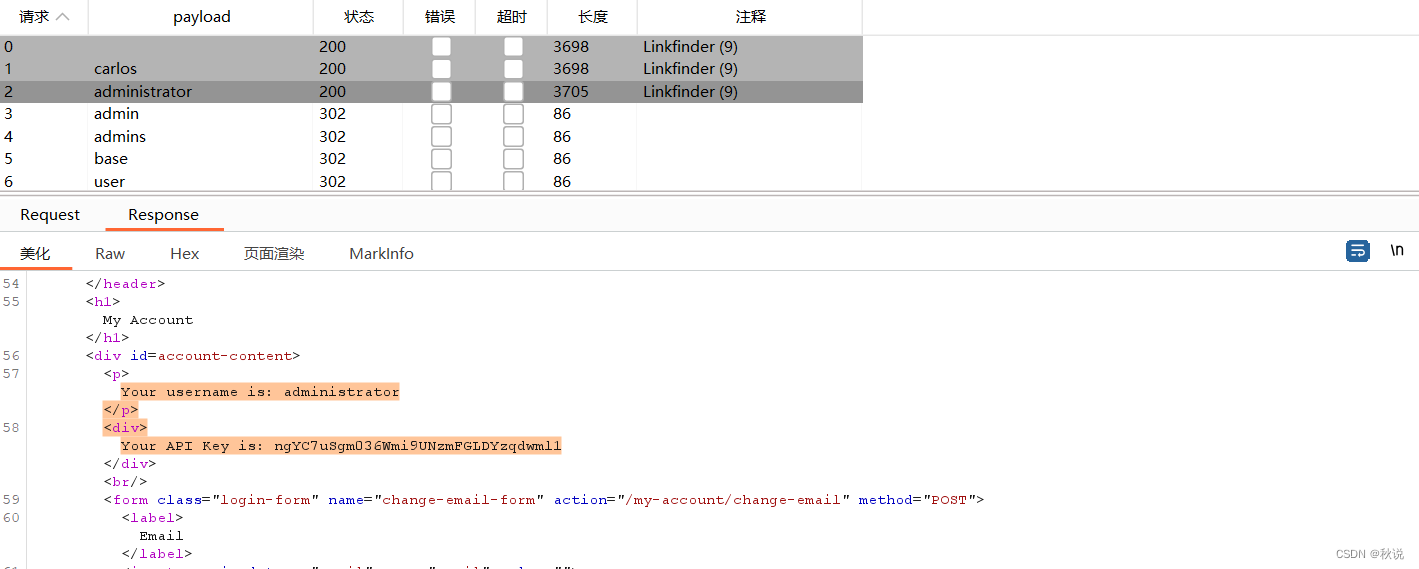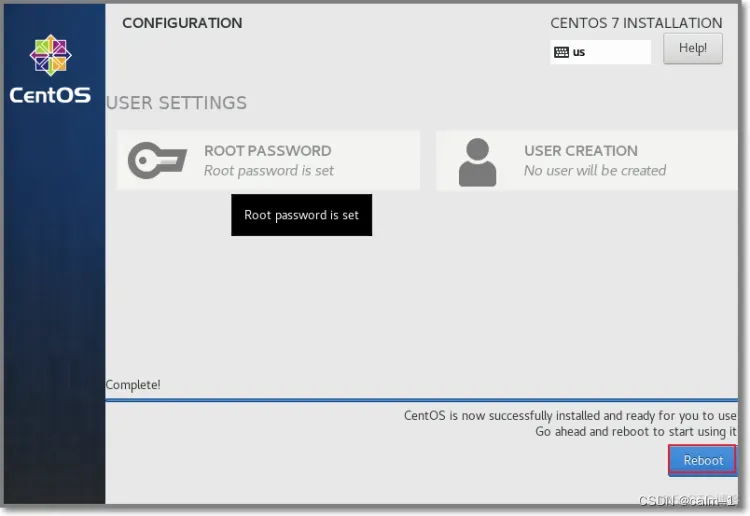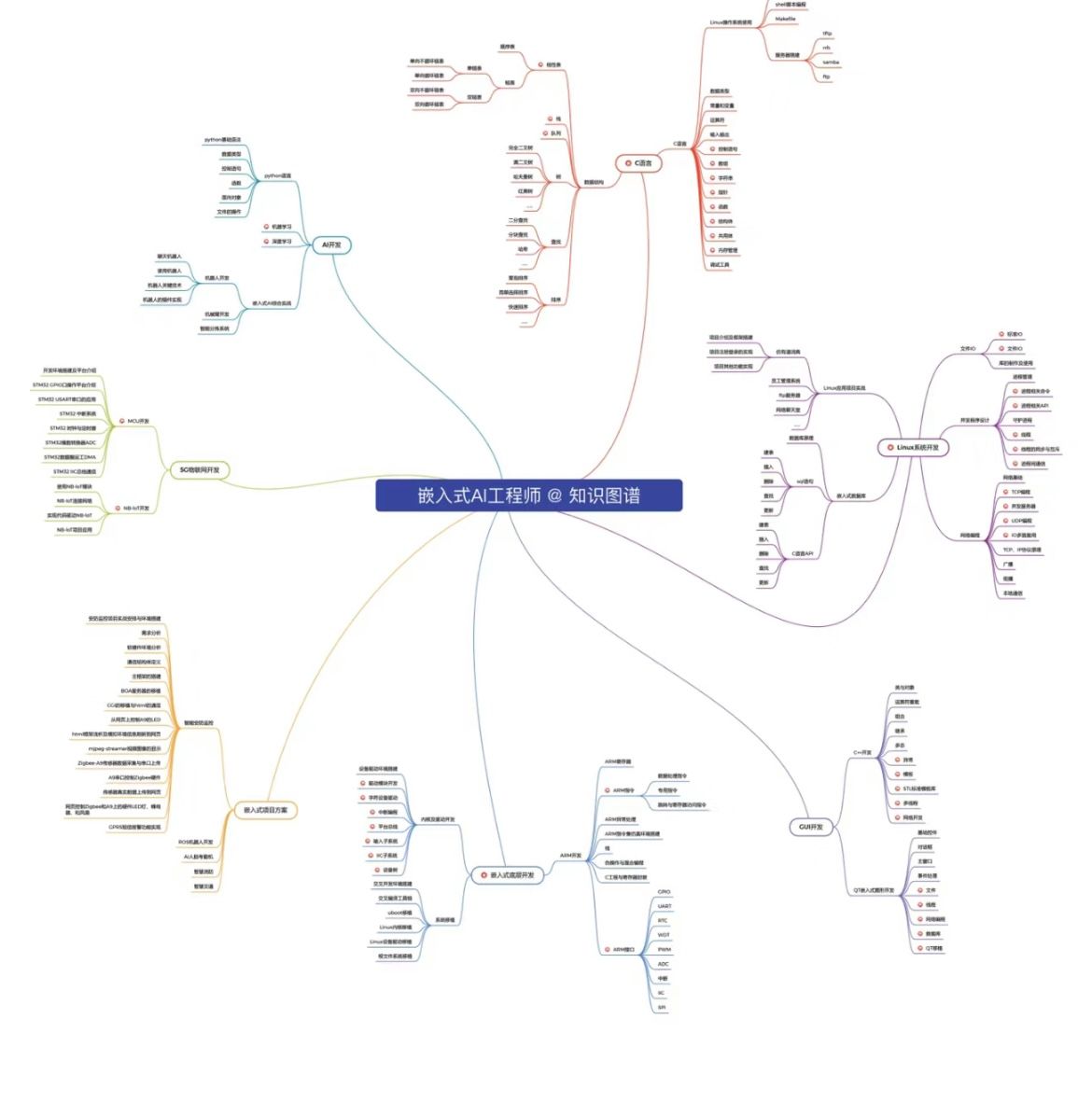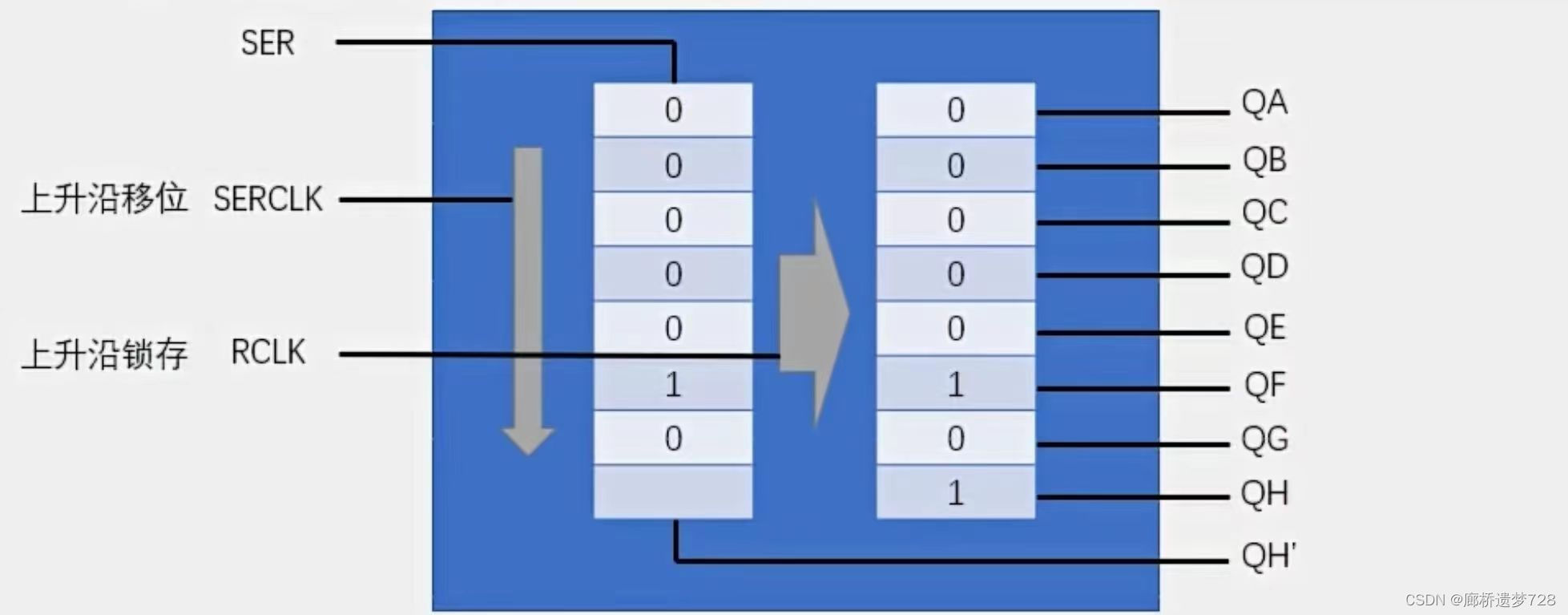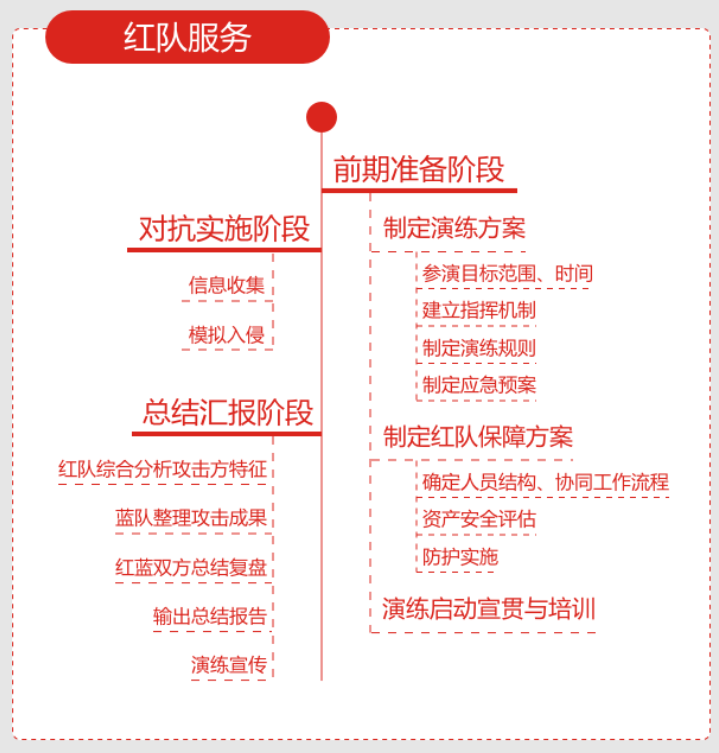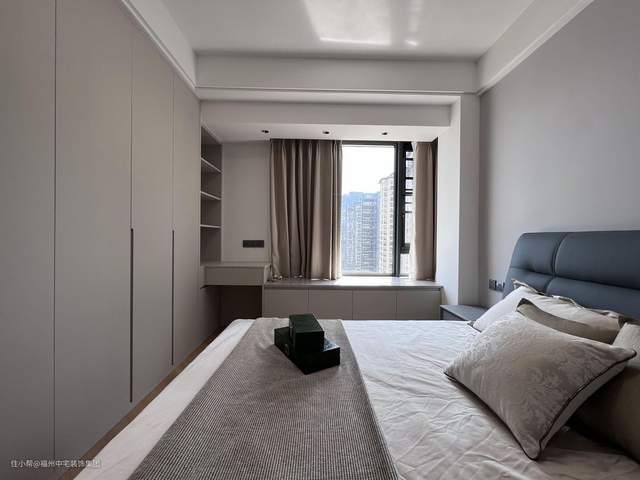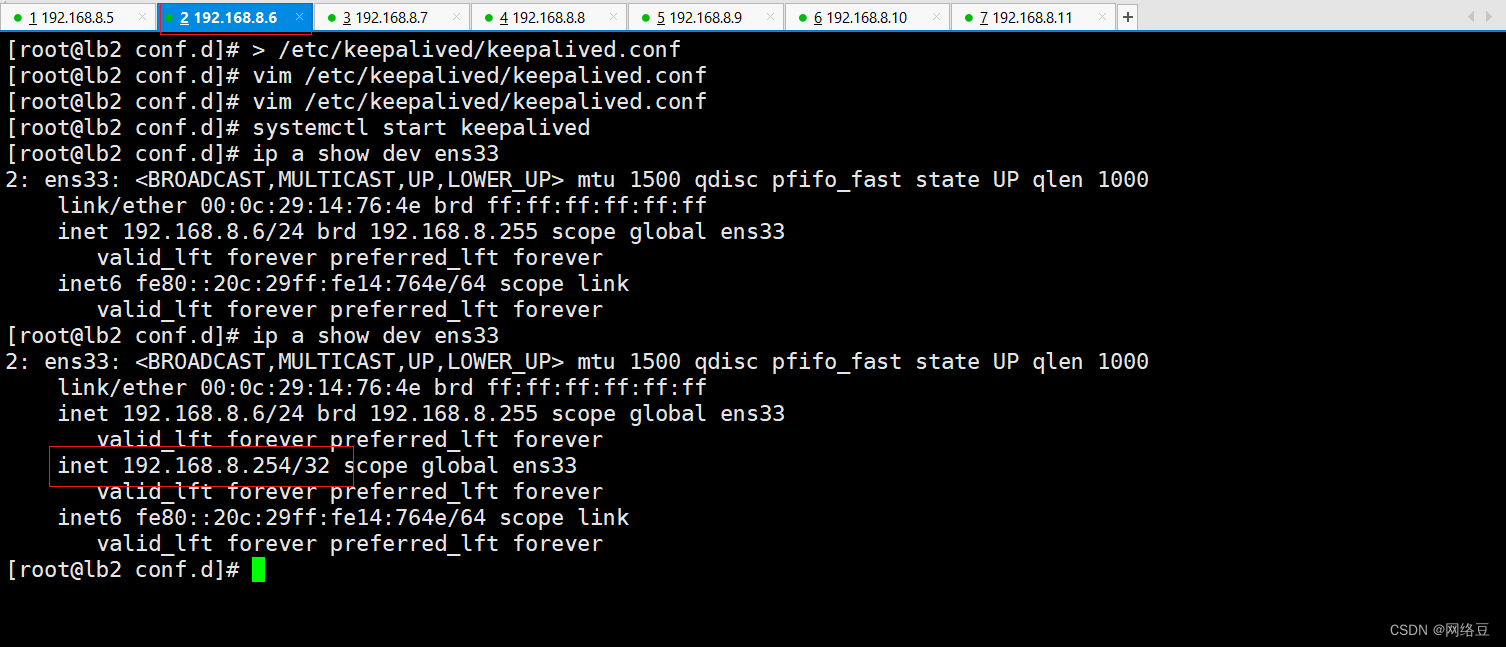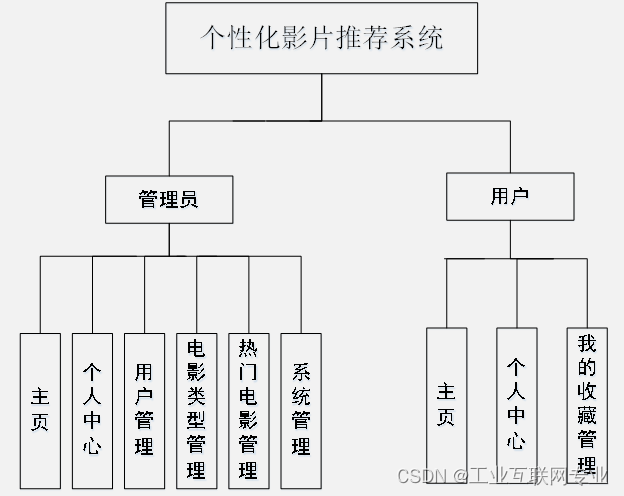界面截图
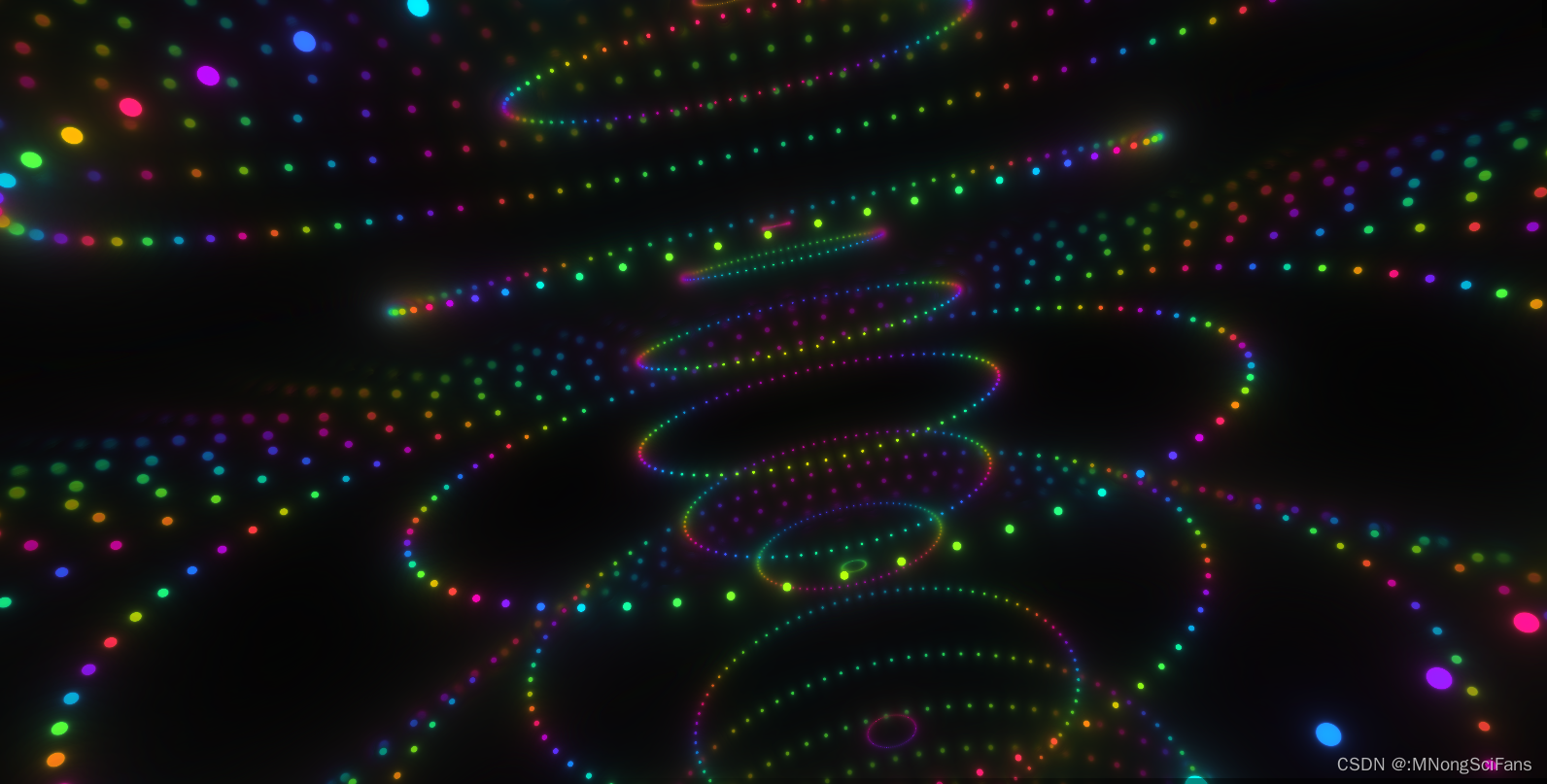
webgl 是在网页上绘制和渲染三维图形的技术,可以让用户与其进行交互。div+css、canvas 2d 专注于二维图形。
对公司而言,webgl 可以解决他们在三维模型的显示和交互上的问题;对开发者而言,webgl 可以让我们是实现更多、更炫酷的效果,让我们即使工作,也可以乐在其中,并且还会有一份不错的薪资。
色相偏移动画
!(function animation() {
color.offsetHSL(0.005, 0, 0);
gl.clearColor(color.r, color.g, color.b, 1);
gl.clear(gl.COLOR_BUFFER_BIT);
requestAnimationFrame(animation);
})();
webgl画布和着色器
webgl画布的建立和获取,和canvas 2d是一样的。一旦我们使用canvas.getContext()方法获取了webgl 类型的上下文对象,那这张画布就不再是以前的canvas 2d 画布。
canvas 2d 画布和webgl 画布使用的坐标系都是二维直角坐标系,只不过它们坐标原点、y 轴的坐标方向,坐标基底都不一样了。
canvas 2d 坐标系的原点在左上角。
canvas 2d 坐标系的y 轴方向是朝下的。
canvas 2d 坐标系的坐标基底有两个分量,分别是一个像素的宽和一个像素的高,即1个单位的宽便是1个像素的宽,1个单位的高便是一个像素的高。
webgl坐标系的坐标原点在画布中心。
webgl坐标系的y 轴方向是朝上的。
webgl坐标基底中的两个分量分别是半个canvas的宽和canvas的高,即1个单位的宽便是半个个canvas的宽,1个单位的高便是半个canvas的高。
webgl 的绘图逻辑和canvas 2d 的绘图逻辑有一个本质的差别。
浏览器有三大线程: js 引擎线程、GUI 渲染线程、浏览器事件触发线程。
其中GUI 渲染线程就是用于渲图的,在这个渲染线程里,有负责不同渲染工作的工人。比如有负责渲染HTML+css的工人,有负责渲染二维图形的工人,有负责渲染三维图形的工人。
渲染二维图形的工人和渲染三维图形的工人不是一个国家的,他们说的语言不一样。
渲染二维图形的工人说的是js语言。
渲染三维图形的工人说的是GLSL ES 语言。
而我们在做web项目时,业务逻辑、交互操作都是用js 写的。
我们在用js 绘制canvas 2d 图形的时候,渲染二维图形的工人认识js 语言,所以它可以正常渲图。
但我们在用js 绘制webgl图形时,渲染三维图形的工人就不认识这个js 语言了,因为它只认识GLSL ES 语言。
就像手绘板,在webgl 里叫“程序对象”。手绘板 - 程序对象,承载GLSL ES语言,翻译GLSL ES语言和js语言,使两者可以相互通信。
webgl 的着色器语言是GLSL ES语言,webgl 绘图需要两种着色器:
顶点着色器(Vertex shader):描述顶点的特征,如位置、颜色等。
片元着色器(Fragment shader):进行逐片元处理,如光照。
在js中获取顶点着色器和片元着色器的文本
const vsSource = document.getElementById('vertexShader').innerText;
const fsSource = document.getElementById('fragmentShader').innerText;初始化着色器
initShaders(gl, vsSource, fsSource);指定将要用来清空绘图区的颜色
gl.clearColor(0,0,0,1);使用之前指定的颜色,清空绘图区
gl.clear(gl.COLOR_BUFFER_BIT);绘制顶点
gl.drawArrays(gl.POINTS, 0, 1);//顶点着色器
<script id="vertexShader" type="x-shader/x-vertex">
void main() {
gl_Position = vec4(0.0, 0.0, 0.0, 1.0);
gl_PointSize = 100.0;
}
</script>
//片元着色器
<script id="fragmentShader" type="x-shader/x-fragment">
void main() {
gl_FragColor = vec4(1.0, 1.0, 0.0, 1.0);
}
</script>const canvas = document.createElement("canvas")
const gl = canvas.getContext("webgl2")
document.title = "??"
document.body.innerHTML = ""
document.body.appendChild(canvas)
document.body.style = "margin:0;touch-action:none;overflow:hidden;"
canvas.style.width = "100%"
canvas.style.height = "auto"
canvas.style.userSelect = "none"
const dpr = Math.max(1, .5*window.devicePixelRatio)
function resize() {
const {
innerWidth: width,
innerHeight: height
} = window
canvas.width = width * dpr
canvas.height = height * dpr
gl.viewport(0, 0, width * dpr, height * dpr)
}
window.onresize = resize
const vertexSource = `#version 300 es
#ifdef GL_FRAGMENT_PRECISION_HIGH
precision highp float;
#else
precision mediump float;
#endif
in vec4 position;
void main(void) {
gl_Position = position;
}
`
const fragmentSource = `#version 300 es
/*********
* made by Matthias Hurrle (@atzedent)
*
* Adaptation of "Quasar" by @kishimisu
* Source: https://www.shadertoy.com/view/msGyzc
*/
#ifdef GL_FRAGMENT_PRECISION_HIGH
precision highp float;
#else
precision mediump float;
#endif
out vec4 fragColor;
uniform vec2 resolution;
uniform float time;
uniform vec2 touch;
uniform int pointerCount;
#define mouse (touch/resolution)
#define P pointerCount
#define T (10.+time*.5)
#define S smoothstep
#define hue(a) (.6+.6*cos(6.3*(a)+vec3(0,23,21)))
mat2 rot(float a) {
float c = cos(a), s = sin(a);
return mat2(c, -s, s, c);
}
float orbit(vec2 p, float s) {
return floor(atan(p.x, p.y)*s+.5)/s;
}
void cam(inout vec3 p) {
if (P > 0) {
p.yz *= rot(mouse.y*acos(-1.)+acos(.0));
p.xz *= rot(-mouse.x*acos(-1.)*2.);
}
}
void main(void) {
vec2 uv = (
gl_FragCoord.xy-.5*resolution
)/min(resolution.x, resolution.y);
vec3 col = vec3(0), p = vec3(0),
rd = normalize(vec3(uv, 1));
cam(p);
cam(rd);
const float steps = 30.;
float dd = .0;
for (float i=.0; i<steps; i++) {
p.z -= 4.;
p.xz *= rot(T*.2);
p.yz *= rot(sin(T*.2)*.5);
p.zx *= rot(orbit(p.zx, 12.));
float a = p.x;
p.yx *= rot(orbit(p.yx, 2.));
float b = p.x-T;
p.x = fract(b-.5)-.5;
float d = length(p)-(a-S(b+.05,b,T)*30.)*(cos(T)*5e-2+1e-1)*1e-1;
dd += d;
col += (hue(dd)*.04)/(1.+abs(d)*40.);
p = rd * dd;
}
fragColor = vec4(col, 1);
}
`
function compile(shader, source) {
gl.shaderSource(shader, source)
gl.compileShader(shader);
if (!gl.getShaderParameter(shader, gl.COMPILE_STATUS)) {
console.error(gl.getShaderInfoLog(shader))
}
}
let program
function setup() {
const vs = gl.createShader(gl.VERTEX_SHADER)
const fs = gl.createShader(gl.FRAGMENT_SHADER)
compile(vs, vertexSource)
compile(fs, fragmentSource)
program = gl.createProgram()
gl.attachShader(program, vs)
gl.attachShader(program, fs)
gl.linkProgram(program)
if (!gl.getProgramParameter(program, gl.LINK_STATUS)) {
console.error(gl.getProgramInfoLog(program))
}
}
let vertices, buffer
function init() {
vertices = [
-1., -1., 1.,
-1., -1., 1.,
-1., 1., 1.,
-1., 1., 1.,
]
buffer = gl.createBuffer()
gl.bindBuffer(gl.ARRAY_BUFFER, buffer)
gl.bufferData(gl.ARRAY_BUFFER, new Float32Array(vertices), gl.STATIC_DRAW)
const position = gl.getAttribLocation(program, "position")
gl.enableVertexAttribArray(position)
gl.vertexAttribPointer(position, 2, gl.FLOAT, false, 0, 0)
program.resolution = gl.getUniformLocation(program, "resolution")
program.time = gl.getUniformLocation(program, "time")
program.touch = gl.getUniformLocation(program, "touch")
program.pointerCount = gl.getUniformLocation(program, "pointerCount")
}
const mouse = {
x: 0,
y: 0,
touches: new Set(),
update: function(x, y, pointerId) {
this.x = x * dpr;
this.y = (innerHeight - y) * dpr;
this.touches.add(pointerId)
},
remove: function(pointerId) { this.touches.delete(pointerId) }
}
function loop(now) {
gl.clearColor(0, 0, 0, 1)
gl.clear(gl.COLOR_BUFFER_BIT)
gl.useProgram(program)
gl.bindBuffer(gl.ARRAY_BUFFER, buffer)
gl.uniform2f(program.resolution, canvas.width, canvas.height)
gl.uniform1f(program.time, now * 1e-3)
gl.uniform2f(program.touch, mouse.x, mouse.y)
gl.uniform1i(program.pointerCount, mouse.touches.size)
gl.drawArrays(gl.TRIANGLES, 0, vertices.length * .5)
requestAnimationFrame(loop)
}
setup()
init()
resize()
loop(0)
window.addEventListener("pointerdown", e => mouse.update(e.clientX, e.clientY, e.pointerId))
window.addEventListener("pointerup", e => mouse.remove(e.pointerId))
window.addEventListener("pointermove", e => {
if (mouse.touches.has(e.pointerId))
mouse.update(e.clientX, e.clientY, e.pointerId)
})参见:
jQuery插件库-收集最全最新最好的jQuery插件
